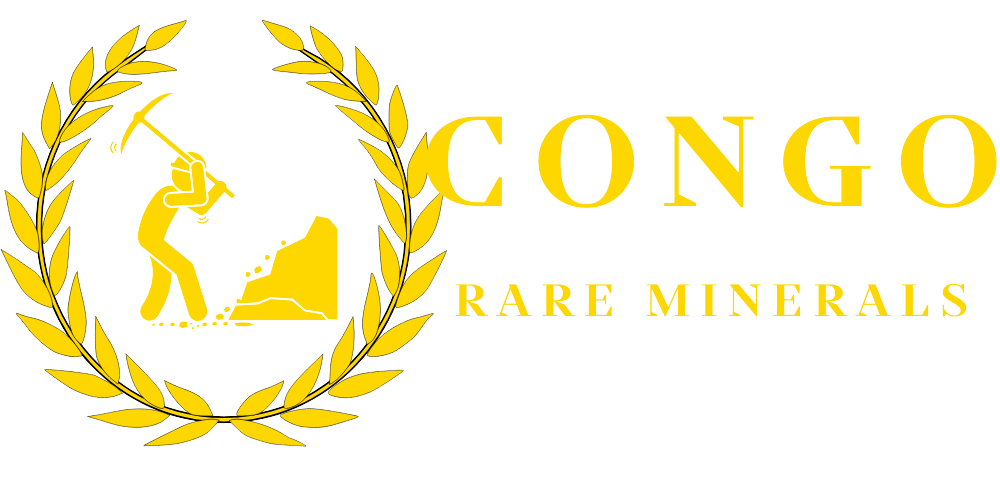Glossy capsules. Limited mintage. Commemorative engravings. “Collectible” gold coins are marketed to feel exclusive yet for most buyers, those premiums quietly erode ounces and crush resale value. If you’re building wealth (not a display case), the smarter move is low-premium, investment-grade bullion sourced at the mine.
Congo Rare Minerals (CRM) delivers exactly that: mine-direct Congolese gold with third-party assays, full provenance, and pricing power at the source so your money buys more metal and your bars travel with bank-ready documentation.
1) The Premium Trap: Paying for Story, Not Metal
Collectible products bundle design, licensing, celebrity endorsements, and retail overhead into the ticket price. Those extras don’t increase melt value you’re paying non-recoverable costs. When it’s time to sell, the buyer discounts back to metal content, and the “collectible” story often evaporates.
Common markups (illustrative):
- Retail bullion coins (branded): +3%–10% over reference
- “Limited edition” / numismatic: +10%–30% (and more)
- High-street jewelry disguised as “investment”: +30%–50% (design + retail)
Reality check: Premiums are performance drag. If spot rises 8% but you paid a 15% premium, you’re still underwater.
2) Source Advantage: Where Pricing Power Lives
In a global market, value concentrates at origin. CRM prices bars near the mine, compressing dealer layers and inventory risk.
- World price reference: ~US$105,000/kg
- CRM mine-direct: ~US$75,000/kg
- Your advantage: ~US$30,000/kg less (~US$930/oz) → ~28.6% below the world reference
Even after insured logistics, clients typically land at a lower effective cost per ounce than retail collectables or high-street bullion.
3) What Actually Drives Long-Term Gold Performance
When you strip away marketing, three factors shape your outcome:
- Ounces per dollar
- Provenance & documentation (bank intake / resale friction)
- Liquidity (how fast you can convert to cash near melt)
Collectibles score poorly on (1) and (3). CRM bullion is engineered for all three.
4) Collectibles vs. CRM Bullion (Side-by-Side)
| Factor | “Collectible” Gold (coins/jewelry) | CRM Mine-Direct Bullion |
|---|---|---|
| Premium vs reference | 10%–30%+ (brand/design) | ~28.6% below world reference (source pricing) |
| Metal weight for same spend | Lower (pay for packaging) | Higher (pay for metal) |
| Provenance | Often opaque/mixed | Mine-linked, chain-of-custody |
| Certification | Brand marketing | SGS assay, LBMA-aligned docs |
| Resale | Dependent on collector demand; often discounted | Docs-led liquidity, closer to melt |
| Compliance | Retail receipt | AML/KYC pack, assay set, batch IDs |
Bottom line: With collectibles, you subsidize a story. With CRM bullion, you compound ounces.
5) How CRM’s Model Works (Simple & Documented)
- Choose your allocation: 100 g, 250 g, 500 g, 1 kg, or multi-kg tranches (one-off or programmatic).
- Compliance & selection: Standard KYC/AML, batch selection, SGS assay certificates, LBMA-aligned paperwork.
- Insured delivery: Vault-to-vault (Dubai, Zurich, London, Hong Kong, Singapore, Australia) or client-designated intake with full chain-of-custody.
- Exit optionality: CRM buyback pathways + introductions to vetted dealers accelerate resale.
6) When (If Ever) Collectibles Make Sense
- You’re a specialist collector who understands the secondary market and accepts liquidity risk.
- You assign emotional value and don’t require price efficiency.
If you’re aiming for portfolio performance, choose bullion that maximizes metal content and minimizes unrecoverable cost.
7) Smart Buyer Checklist (Use Before You Pay a Premium)
- Price test: What’s the all-in per-ounce cost vs reference?
- Docs test: Do I get third-party assays, batch IDs, and AML/KYC support?
- Liquidity test: If I needed to sell next week, how close to melt would I clear?
- Impact test: Does my purchase support ethical sourcing and communities at the origin?
CRM clears all four—with the pricing math in your favor.
Key Takeaways
- Collectible markups = performance drag. Great to look at, weak to liquidate.
- Source beats storefront. CRM mine-direct pricing is ~US$30,000/kg (~US$930/oz) better, ~28.6% below the world reference.
- Documentation drives liquidity. SGS assays + LBMA-aligned paperwork reduce resale friction.
- Pay for metal, not marketing. That’s how you compound ounces over time.
Call to Action
Stop paying for packaging. Start stacking metal.
Request Mine-Direct Allocations → (100 g to multi-kg) – includes SGS assay, LBMA-aligned documentation, and insured vault delivery.
